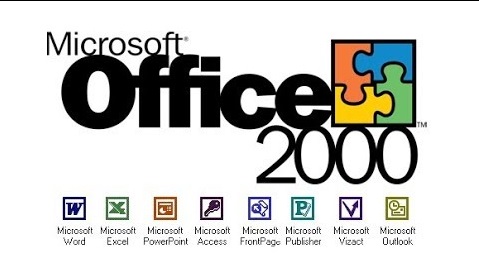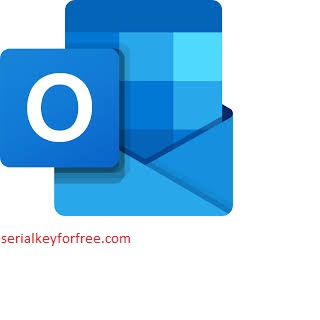

- #Microsoft office 2000 mac os x
- #Microsoft office 2000 update
- #Microsoft office 2000 windows 7
- #Microsoft office 2000 windows
Microsoft ultimately decided on "Office XP" as the final name of the product and used the same brand for Windows XP-then codenamed Whistler-which was developed concurrently. NET" but unnamed sources stated that the company did not desire to do the same with Office 10, as the product was only partially related to the company's. At the time, Microsoft intended to name the latest version of Visual Studio as "Visual Studio. īefore the release of Office 10 Beta 2, there was speculation that Microsoft intended to rebrand the new product as "Office 2001," "Office 2002," "Office.NET," or "Office XP." The latter was shorthand for eXPerience and was positioned as a brand that would emphasize the new experiences enabled by the product. Beta 1 was compatible with Windows 95, Windows 98, Windows NT 4.0 SP5, and Windows 2000. During this period Office 10 was characterized as an interim release between its predecessor, Office 2000 and a future version, and was planned to include new formatting options integrated speech recognition improved collaboration capabilities and enhanced support for web services and a web portal complete with web parts. In August, Microsoft released Office 10 Beta 1 for product evaluation purposes. SharePoint Portal Server 2001, then codenamed Tahoe, was also in development at this time and was slated to improve collaboration for users of Office 2000 and Office 10. NET strategy, one by which it intended to provide extensive client access to various web services and features such as speech recognition.
#Microsoft office 2000 update
However, it needs to update system files when the installer is started on NT 4.0 and 98. It is the last version of Microsoft Office to support Windows NT 4.0 Service Packs 6 and 6a, Windows 98, Windows 2000 before SP3, and Windows Me, as the following version, Office 2003 only supports Windows 2000 SP3 or later.
#Microsoft office 2000 windows 7
It is not officially supported on Windows 7 or later versions of Windows. Office XP is compatible with Windows NT 4.0 SP6 or later, Windows 98, Windows 2000, Windows Me, Windows XP, Windows Server 2003, Windows Vista, Windows Server 2008 and Windows Server 2008 R2. Office XP is incompatible with Windows 95 and earlier versions of Windows. The Office Assistant (commonly known as "Clippy"), which was introduced in Office 97 and widely reviled by users, is disabled by default in Office XP this change was a key element of Microsoft's promotional campaign for Office XP. Office XP also introduces separate Document Imaging, Document Scanning, and Clip Organizer applications. With Office XP, Microsoft incorporated several features to address reliability issues observed in previous versions of Office. New features in Office XP include smart tags, a selection-based search feature that recognizes different types of text in a document so that users can perform additional actions a task pane interface that consolidates popular menu bar commands on the right side of the screen to facilitate quick access to them new document collaboration capabilities, support for MSN Groups and SharePoint and integrated handwriting recognition and speech recognition capabilities.

#Microsoft office 2000 mac os x
A Mac OS X equivalent, Microsoft Office v. It is the successor to Office 2000 and the predecessor of Office 2003. Office XP was released to manufacturing on March 5, 2001, and was later made available to retail on May 31, 2001, less than five months prior to the release of Windows XP.

Microsoft Office XP (codenamed Office 10 ) is an office suite which was officially revealed in July 2000 by Microsoft for the Windows operating system. Arabic, Bulgarian, Chinese (Hong Kong SAR), Chinese Simplified, Chinese Traditional, Croatian, Czech, Danish, Dutch, English, Estonian, Finnish, French, German, Greek, Hebrew, Hungarian, Icelandic, Italian, Japanese, Korean, Latvian, Lithuanian, Norwegian, Polish, Portuguese (Brazil), Portuguese (Portugal), Romanian, Russian, Slovak, Slovenian, Spanish, Swedish, Thai, Turkish


 0 kommentar(er)
0 kommentar(er)
